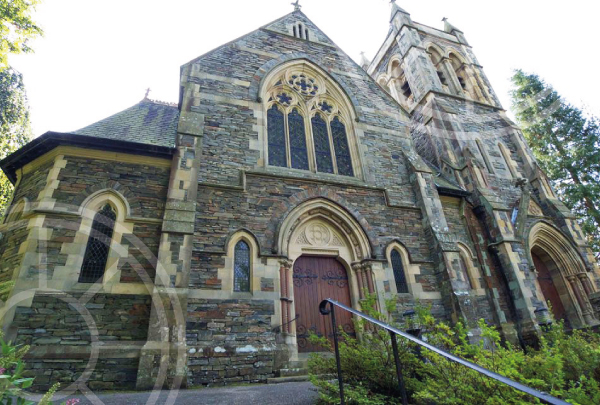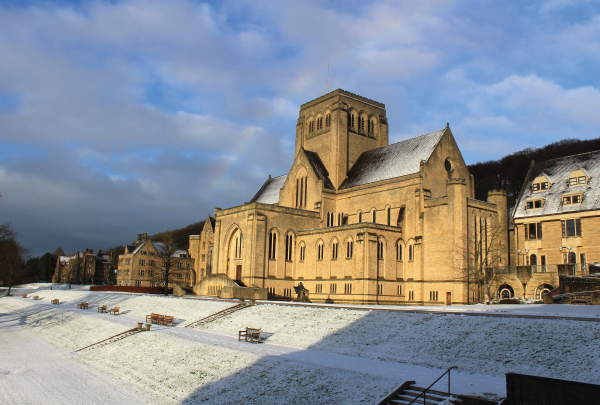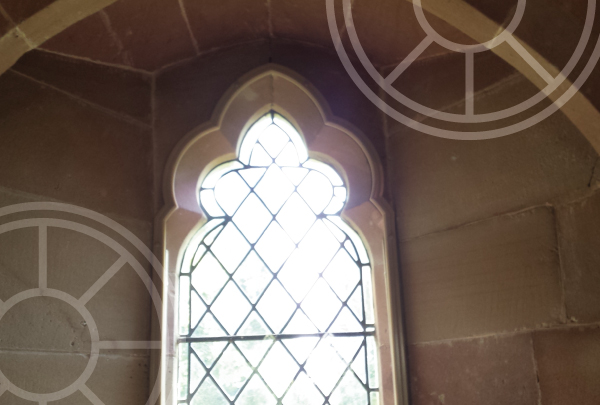Secondary glazing provides divine solution for church windows
 Feature windows have played a crucial role in church architecture throughout the ages, with shapes and styles changing to fit the trends of the times. Works of art in themselves, they contribute to a church’s majesty, and the ambience they create adds an extra dimension to the experience of worship within.
Feature windows have played a crucial role in church architecture throughout the ages, with shapes and styles changing to fit the trends of the times. Works of art in themselves, they contribute to a church’s majesty, and the ambience they create adds an extra dimension to the experience of worship within.
These often centuries-old features hold us in awe, and the fact that they still stand intact is incredible in itself. Time does take its toll, however, and churches have to find ways of protecting and preserving their windows. Secondary glazing can play an important role in this.
The replacement of church windows is frowned upon. Not only is it virtually impossible to create exact replicas, it goes against the philosophy of conservation of original features. It’s also important, structurally speaking, to keep the frame intact wherever possible.
The benefits of installing secondary glazing are far reaching. Not only does it retain the originality of the feature window, it helps protect both the glass and frame from weather and atmospheric damage. It can be added in-situ, meaning the structural integrity is not compromised and, being virtually invisible, it doesn’t alter the window aesthetically.
It’s a challenging process for many reasons, given the sheer size of some church windows, the obscure shapes and working carefully around the stonework in which they’re set.
Working with trusted and skilled craftsmen is essential.

Midlands based Storm Windows are thrilled to have been involved in a number of religious building projects. You can find more details of their work at the Carver United Reformed Church in Applethwaite, Windermere and at Ampleforth Monastery in York on their website at stormwindows.co.uk. Both buildings date back to the 1800s.
The company has also completed installations at All Saints Church, Wraxall; Doverdale Church, Ombersley; and Holy Trinity Church, Coventry.
Precision was of the utmost importance at every stage and often called for them to work closely with a conservation officer, but it’s more than worthwhile knowing they are helping preserve these stunning features for future generations to enjoy.
Next time you pass an historical church, cathedral, abbey or monastery, take a moment to appreciate the amazing windows. Think about how they have withstood centuries of weathering and wars, and are still around to fill us with wonder today.
Fact File:
The process of colouring glass is thought to date back to ancient Egypt.
It was during the Middle Ages that the making of stained-glass windows developed as a major art.
 The windows were educational, as well as beautiful. At a time when only a handful of people could read, the Bible scenes depicted in stained-glass windows helped teach the people about Christianity and Christian beliefs.
The windows were educational, as well as beautiful. At a time when only a handful of people could read, the Bible scenes depicted in stained-glass windows helped teach the people about Christianity and Christian beliefs.
The colours used are symbolic. Red, for example, represents the blood of Christ and indicates strong emotions such as love or hate. It is also often associated with the martyrdom of saints. Blue symbolizes heaven, hope, sincerity, and piety and is often associated with the Virgin Mary. Green, and its close ties with nature, is an indication of spring, growth and rebirth and is used to symbolize faith and immortality. Brown is a symbol of spiritual death and the renunciation of worldly things.
In later years, workers’ guilds and wealthy merchants paid for windows that glorified not only saints and kings but the donors themselves.
As war loomed in the 1930s, many church windows were painstakingly removed, piece by piece, and stored in safe places. After the war the windows were carefully put back.
For further information visit stormwindows.co.uk













